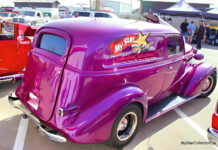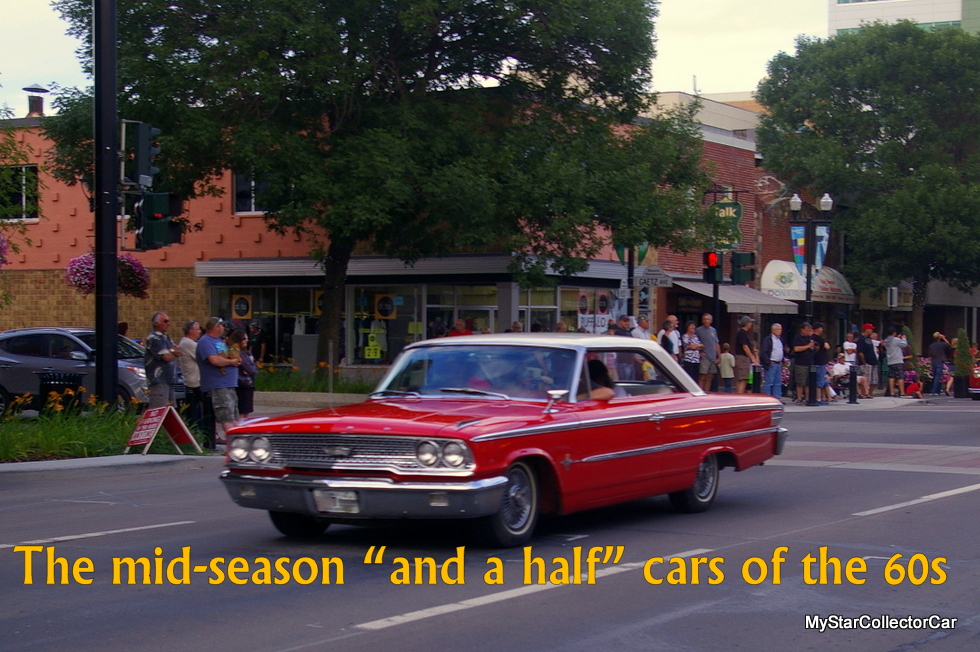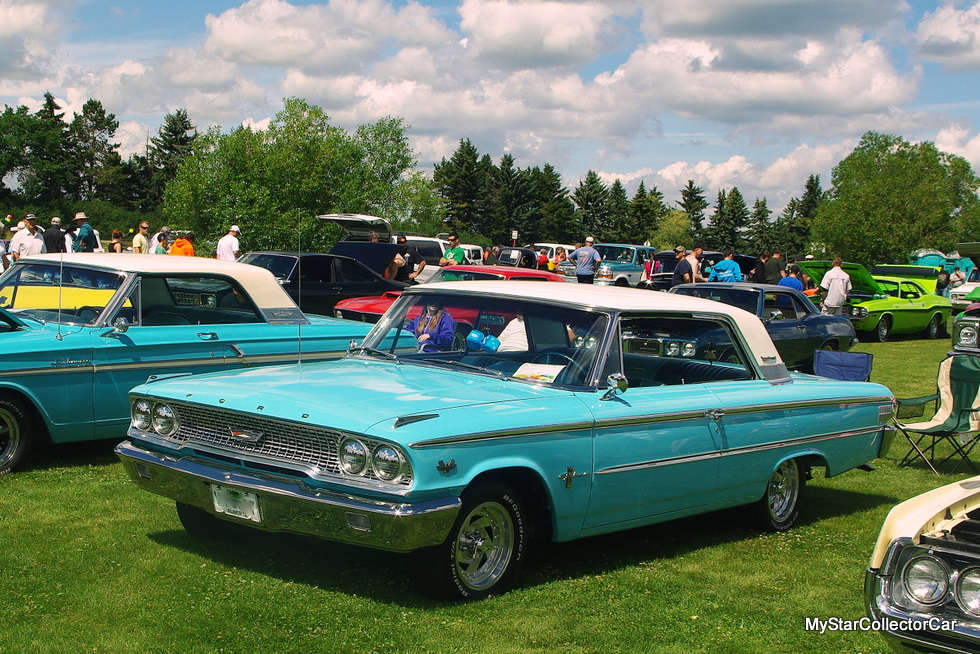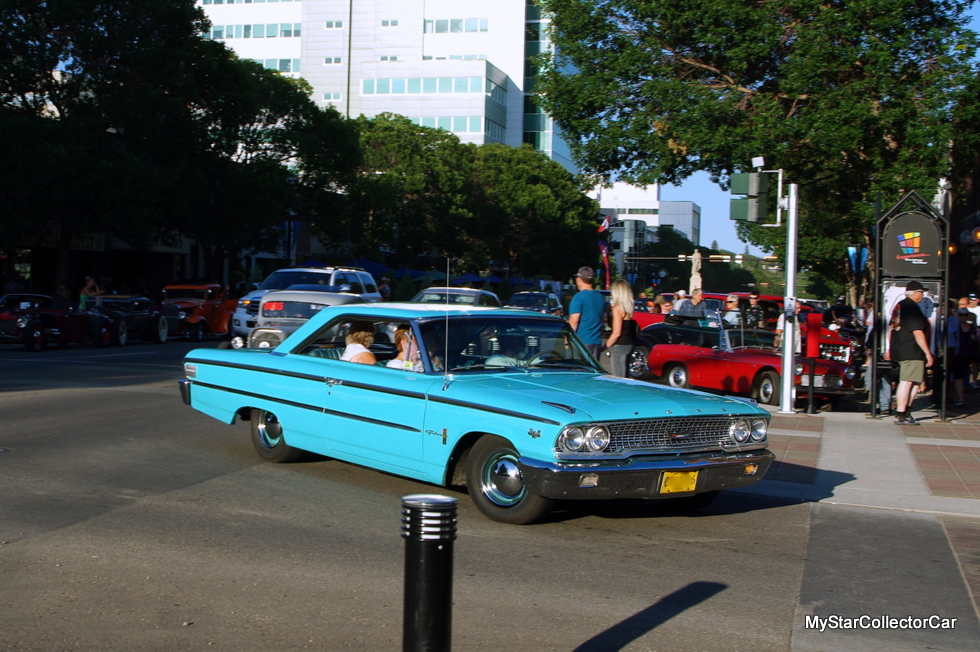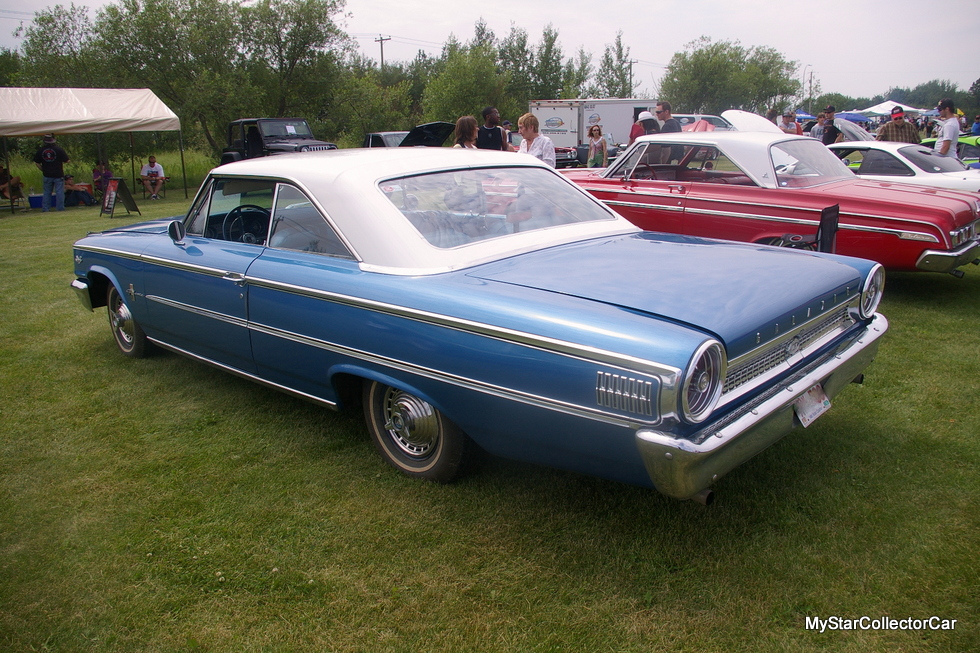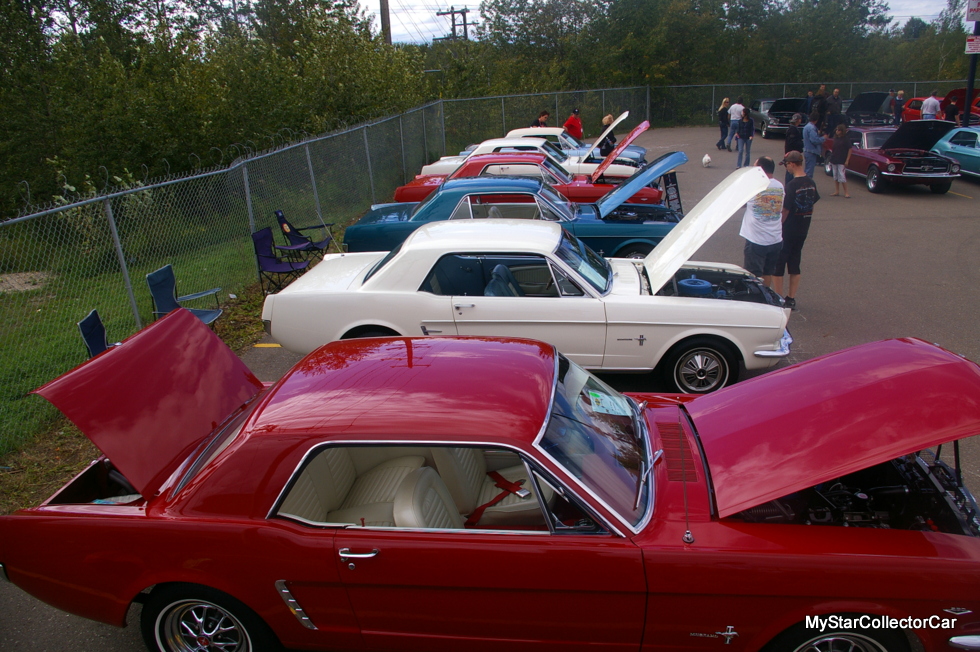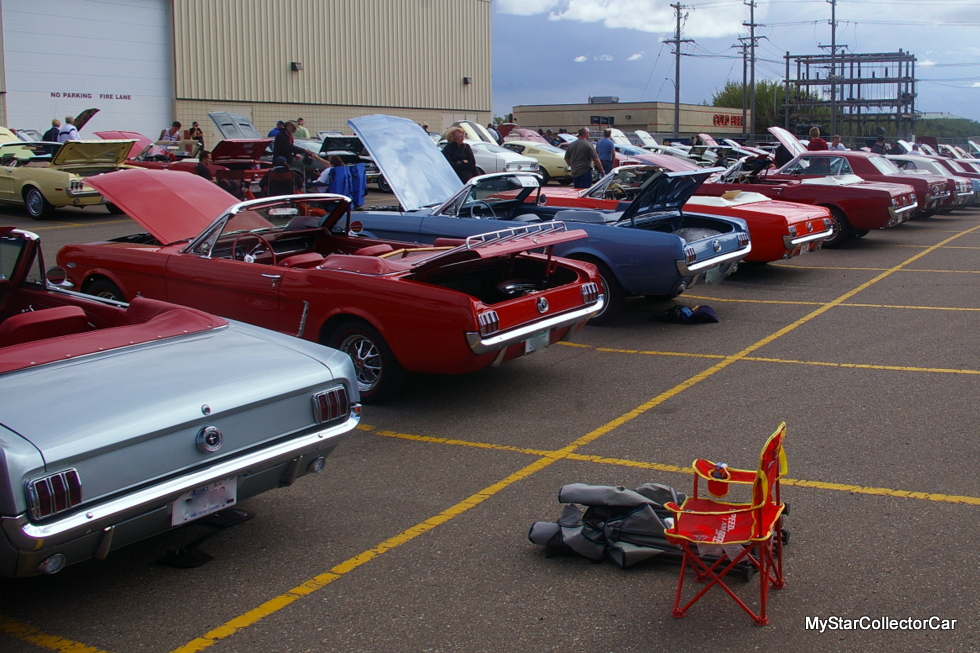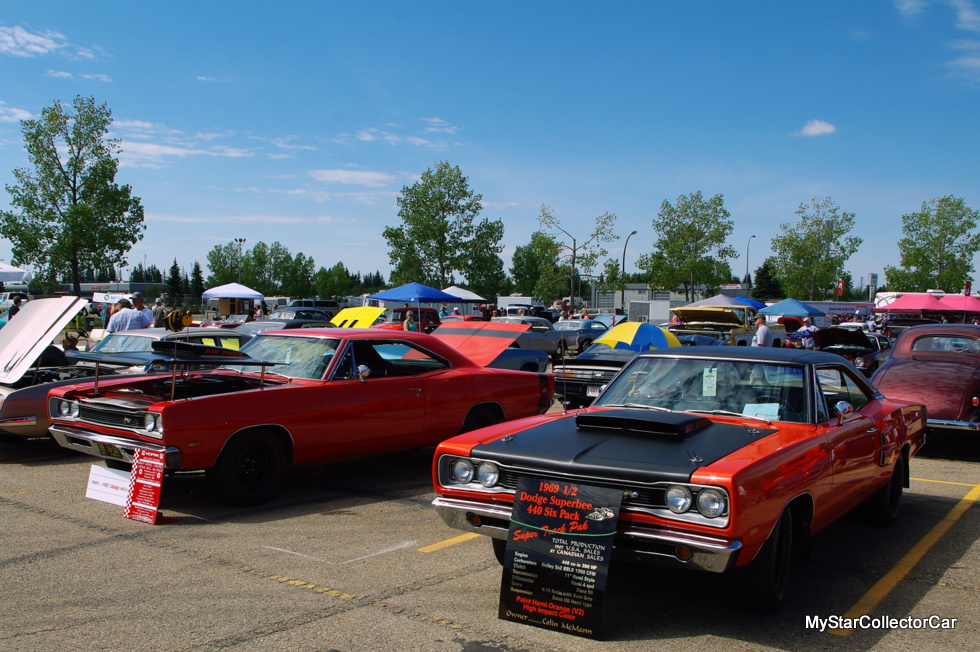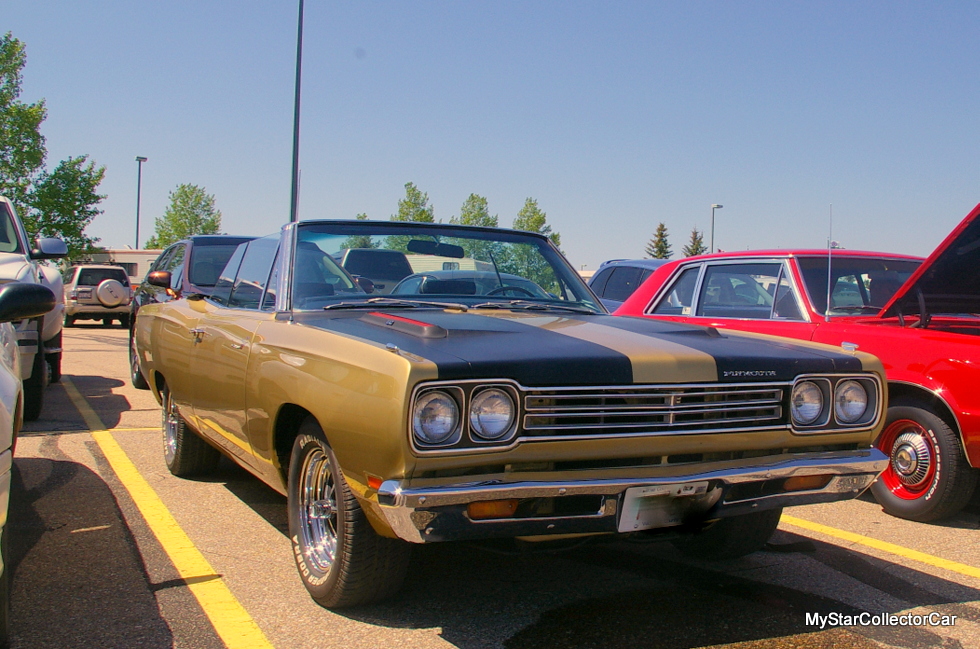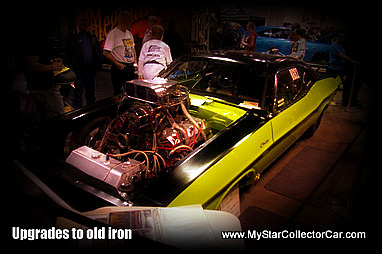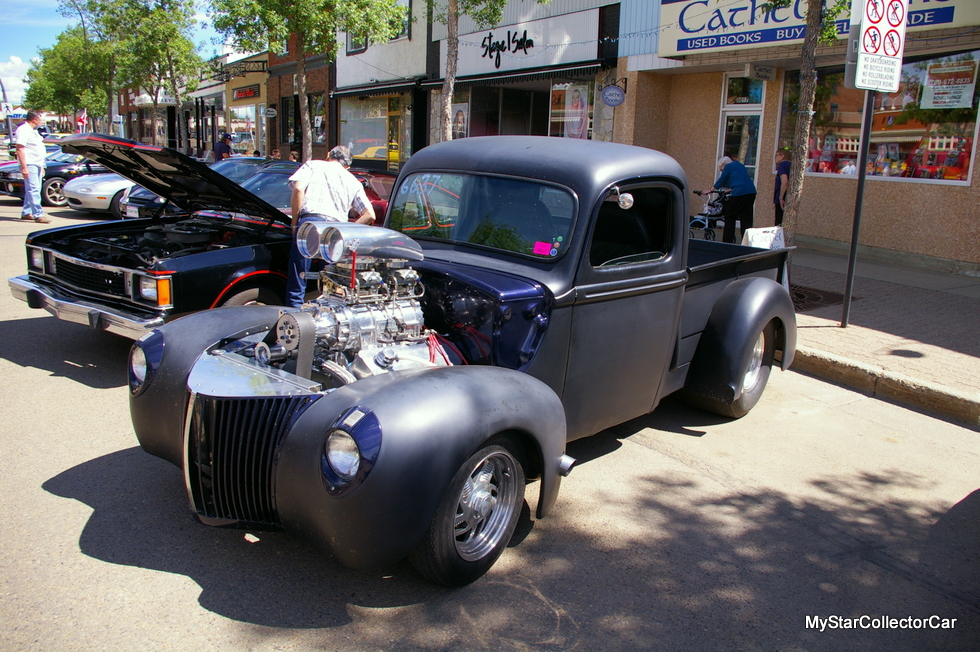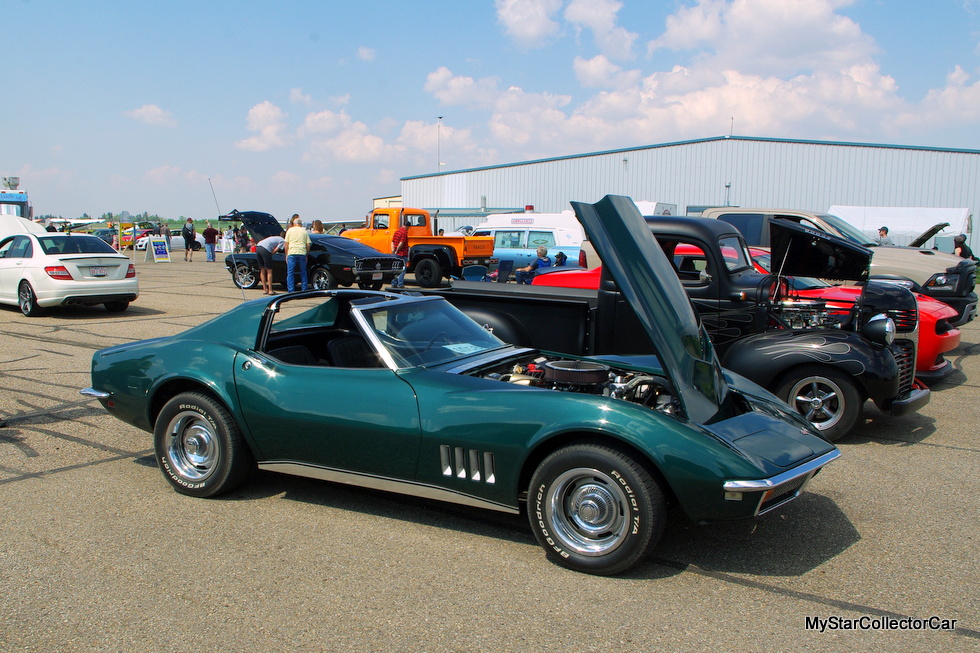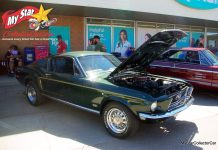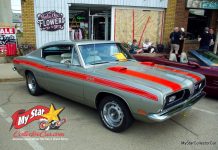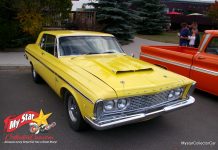Fractions matter to car guys.
Think of a body panel that is half an inch out and you will have an angry car guy with a horrible sheet metal fit on his ride.
“Think of a car guy that lost a quarter mile by a tenth of a second and you will have a car guy on a mission to get his ride to go a lot faster, because a tenth of a second is somewhere between now and the end of time as we know it in a race.”
Another car guy area where fractions matter is the production age of the car.
The average person would simply go with the vehicle registration on the car, thus a 1963 car is just a 1963 car to the average non-car hobbyist. The idea is a little more complicated for dedicated car hobbyists when they purchase a car built halfway through the model year because of one basic concept that may apply to their car: the style of the particular car may have changed in mid-year.
Ford was big on mid-year model changes during the 1960s. For example, the 1963 Ford Galaxie 500 and 500 XL got a big mid-production makeover at the halfway point in ’63.
The 1963 ½ Ford Galaxie 500 and 500 XL models were given a swept roof design that could easily be described as an early fastback design from Detroit.
The fastback roof design would become a style rock star for cars built in the mid-60s to the early 70s. The American sedans from this era became much cooler after the fastback design became a mainstay on their cars. It was a unique style concept pioneered by the 1963 ½ Ford Galaxie 500 in the 60s. The 1963 ½ Galaxie 500 also enjoyed a bump in horsepower when they introduced the monstrous 427 dual four-barrel as an engine option for the mid-season Fords. These cars put the “fast” in fastback for the 1963 ½ Galaxie 500.
Perhaps the most famous mid-year car from the 60s was the 1964 ½ Ford Mustang. The car that became the basis for the term “pony car” with its equine name (Mustang) introduced the 1964 ½ Mustang in the spring of 1964 to catch the wave of attention created by the new pony car model from the Blue Oval boys.
This Mustang was a star at the 1964 World’s Fair in New York, including a famous debut on the top floor of the Empire State Building, plus it was the official Indy Pace Car for the 1964 race.
The 1964 ½ Mustang is essentially a 1965 model introduced a few months earlier than the typical fall new model debut for Detroit’s finest. This assessment will likely get Ford Mustang purists riled up because there are a few manufacturing differences between the `1964 ½ Mustang and the ’65 version. For instance, the hood had a sharper edge where it meets the front cowl on the ’64 ½, along with other subtle differences like a generator and cooling vents for the earlier Mustang’s battery to disperse the extra heat from the 64 ½ generator. The ’65 had an alternator.
Mopar got into the ½ act in 1969 with the 1969 ½ Dodge Super Bee and Plymouth Road Runner models when they added six- pack carb packages as options for these mid-year additions to the Mopar muscle car family in ‘69.
It may have been a subtle way to gain the 69 ½ designation, but there was nothing subtle about three two-barrels feeding leaded high octane fuel to a hungry Mopar big block in 1969 ½.
The car market has changed dramatically since the 60s because now you can buy a car that is a full year into the next calendar, so a 2016 model can be purchased shortly after you got over your hangover to bring in 2015 in some automotive cases.
The big difference is the “and-a-half” models from the 60s are so much cooler-then and now.
Jim Sutherland
CLICK HERE to Like us on Facebook
CLICK HERE to Follow us on Twitter
CLICK HERE to Follow us on Pinterest
Please re-post this if you like this article.








